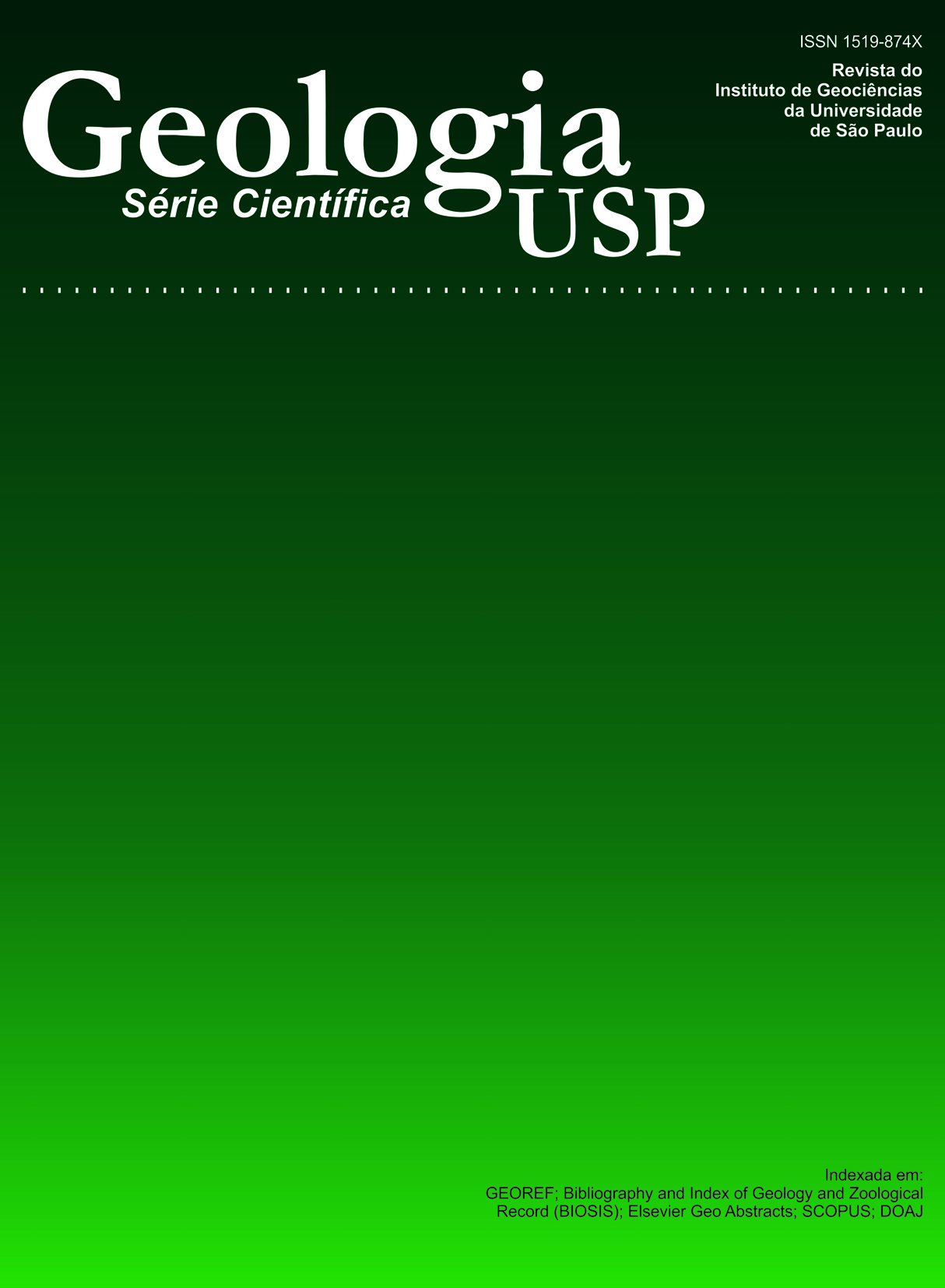Waste foundry sand: Environmental implication and characterization
DOI:
https://doi.org/10.5327/Z1519-874X2012000300004Keywords:
Electron microscopy, Groundwater, Solid waste, Foundry sandAbstract
This paper presents the results of analyses using Scanning Electron Microscopy in field samples of waste foundry sand, as well as the results of granulometric, chemical and groundwater analyses. Field data allowed to characterize waste foundry sand and showed that there are elevated concentrations of metals in the groundwater (iron, manganese, boron and selenium), in addition to other potentially toxic elements (chromium, copper, cobalt, nickel, zinc, aluminum, iron, manganese), which are present in the waste and are considered not hazardous by current standards. Even if these elements are not considered hazardous, their concentrations above the permissible limit compromise the environmental quality of the site, posing risks to the local population, since they work in agriculture and use groundwater. Two different types of waste foundry sands were identified using granulometric analyses. Electron microscopy showed features related to morphological, chemical and mineralogical characteristics of grains that make up the waste. Quartz was the dominant mineral. Waste foundry sand is composed of two types of grains: a rounded grain with almost no incrustations formed during alloy production, and a second type of grain, which is not rounded, has incrustations, and always has several metals derived from alloys and associated with these incrustations. Chemical elements detected in groundwater with concentrations above the limits established by the regulatory bodies were found in wells located in the landfill area. Most of these elements show higher concentrations downstream, some of them with concentrations above the regulatory limit, and others show an increase in concentration upstream, indicating that the landfill may be impacting the local environment.Downloads
Download data is not yet available.
Downloads
Published
2012-12-01
Issue
Section
Articles
License
Authors who publish in this journal shall comply with the following terms:
- Authors keep their copyright and grant to Geologia USP: Série Científica the right of first publication, with the paper under the Creative Commons BY-NC-SA license (summary of the license: https://creativecommons.org/licenses/by-nc-sa/4.0 | full text of the license: https://creativecommons.org/licenses/by-nc-sa/4.0/legalcode) that allows the non-commercial sharing of the paper and granting the proper copyrights of the first publication in this journal.
- Authors are authorized to take additional contracts separately, for non-exclusive distribution of the version of the paper published in this journal (publish in institutional repository or as a book chapter), granting the proper copyrights of first publication in this journal.
- Authors are allowed and encouraged to publish and distribute their paper online (in institutional repositories or their personal page) at any point before or during the editorial process, since this can generate productive changes as well as increase the impact and citation of the published paper (See The effect of Open Access and downloads on citation impact).
How to Cite
Penkaitis, G., & Sígolo, J. B. (2012). Waste foundry sand: Environmental implication and characterization . Geologia USP. Série Científica, 12(3), 57-70. https://doi.org/10.5327/Z1519-874X2012000300004





